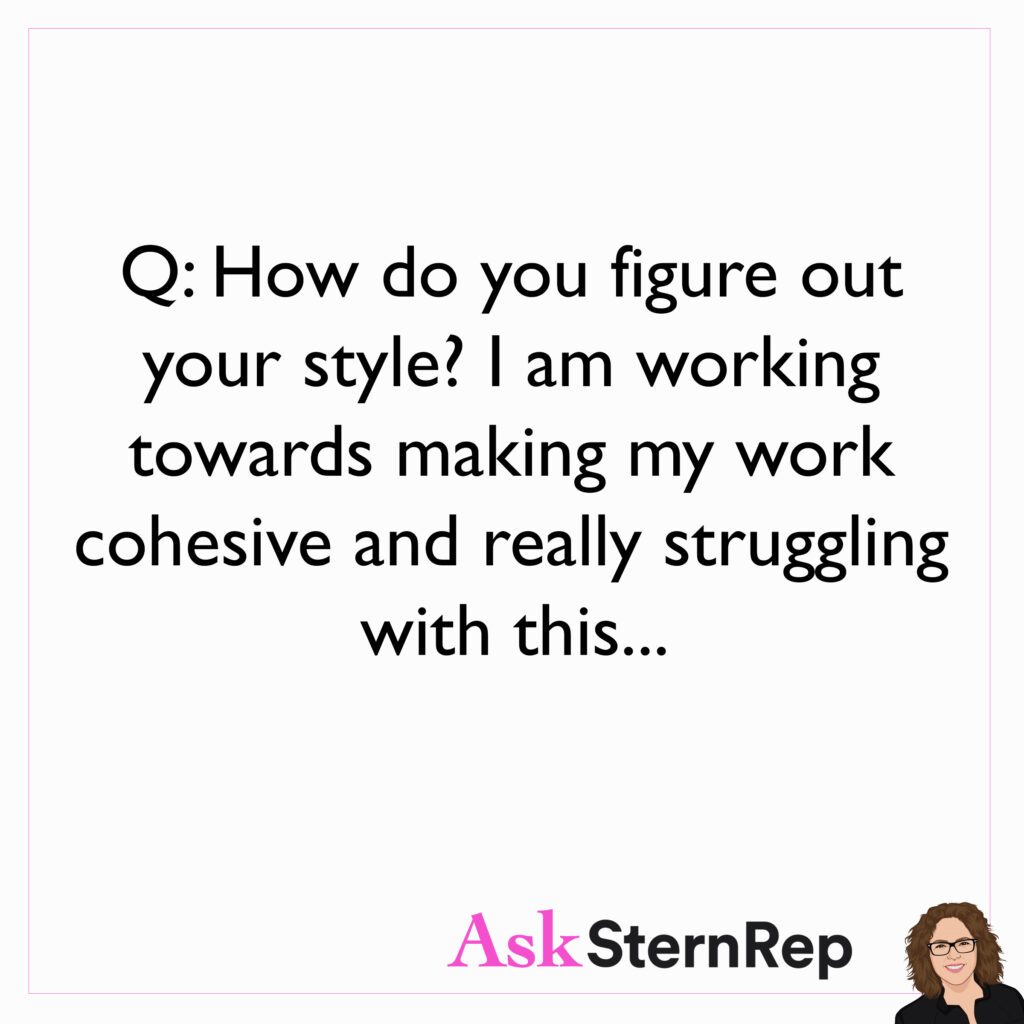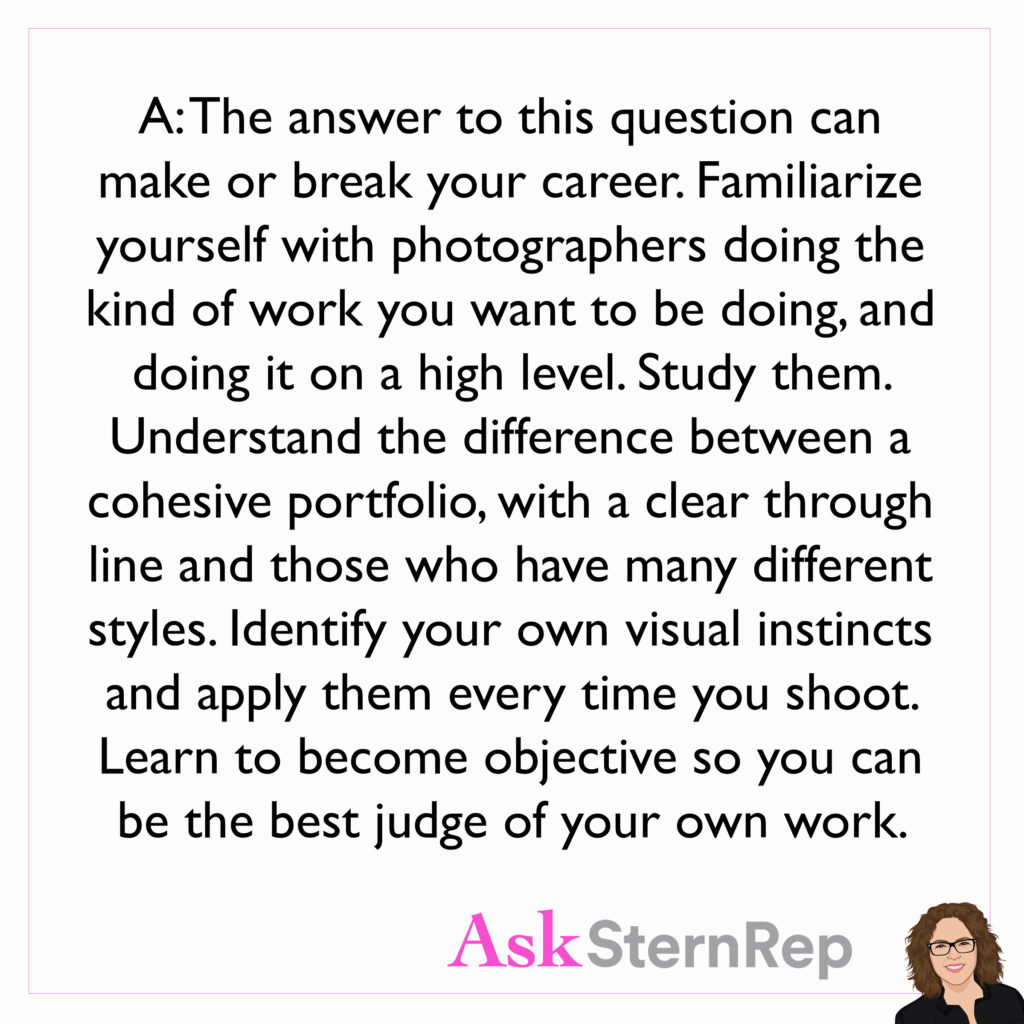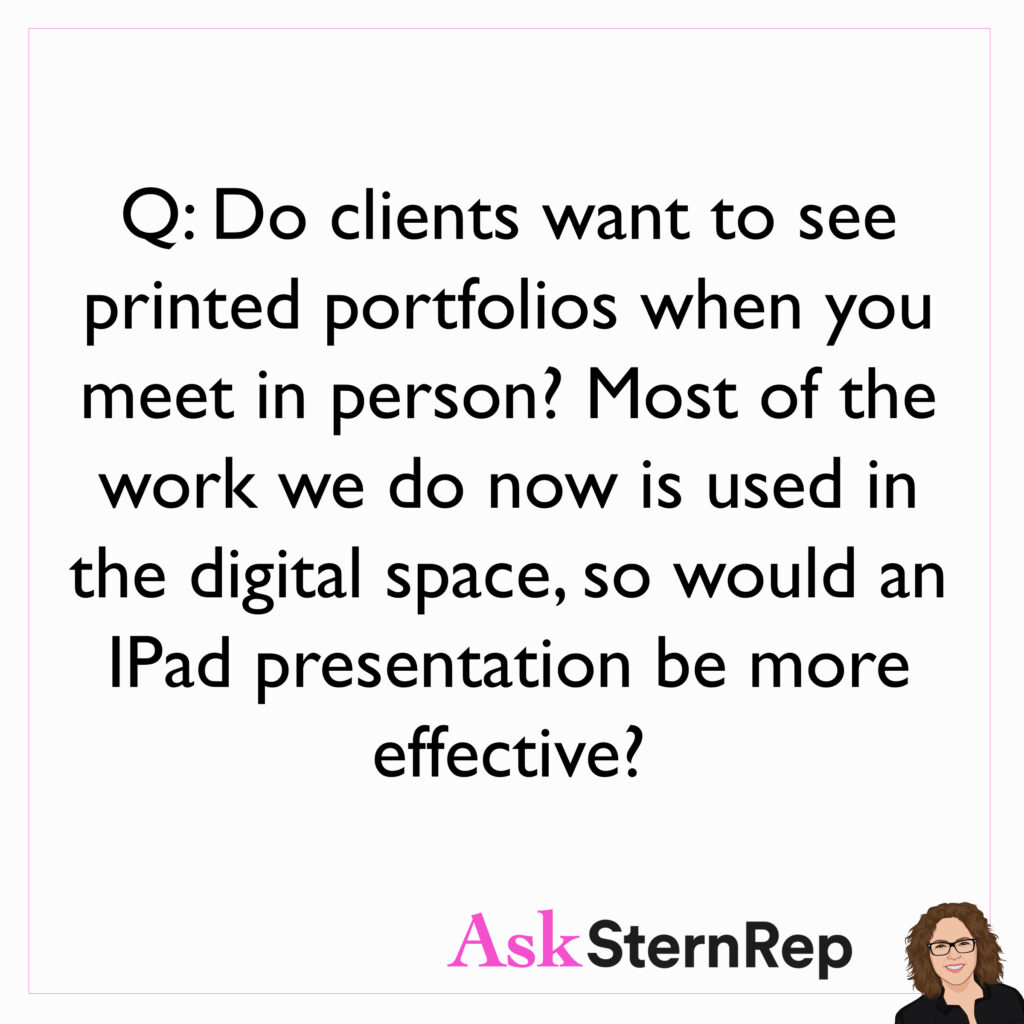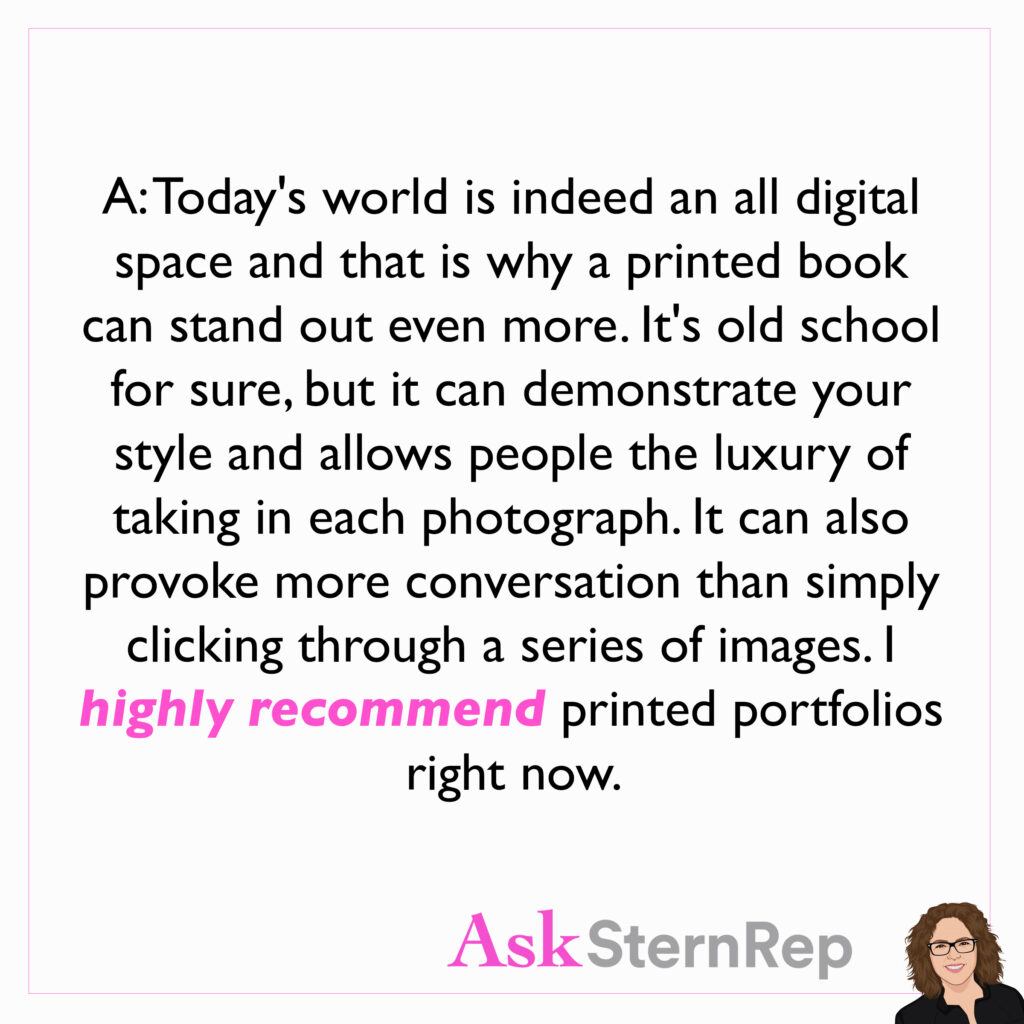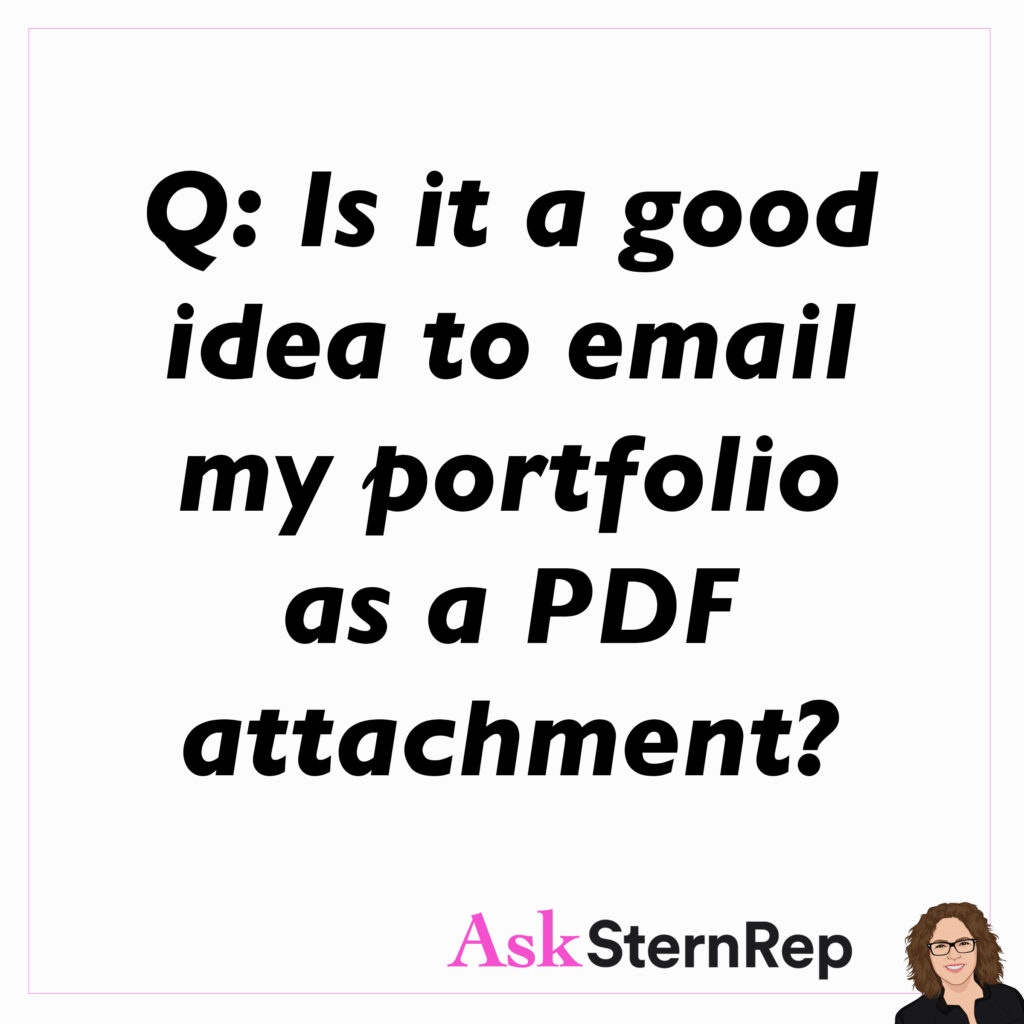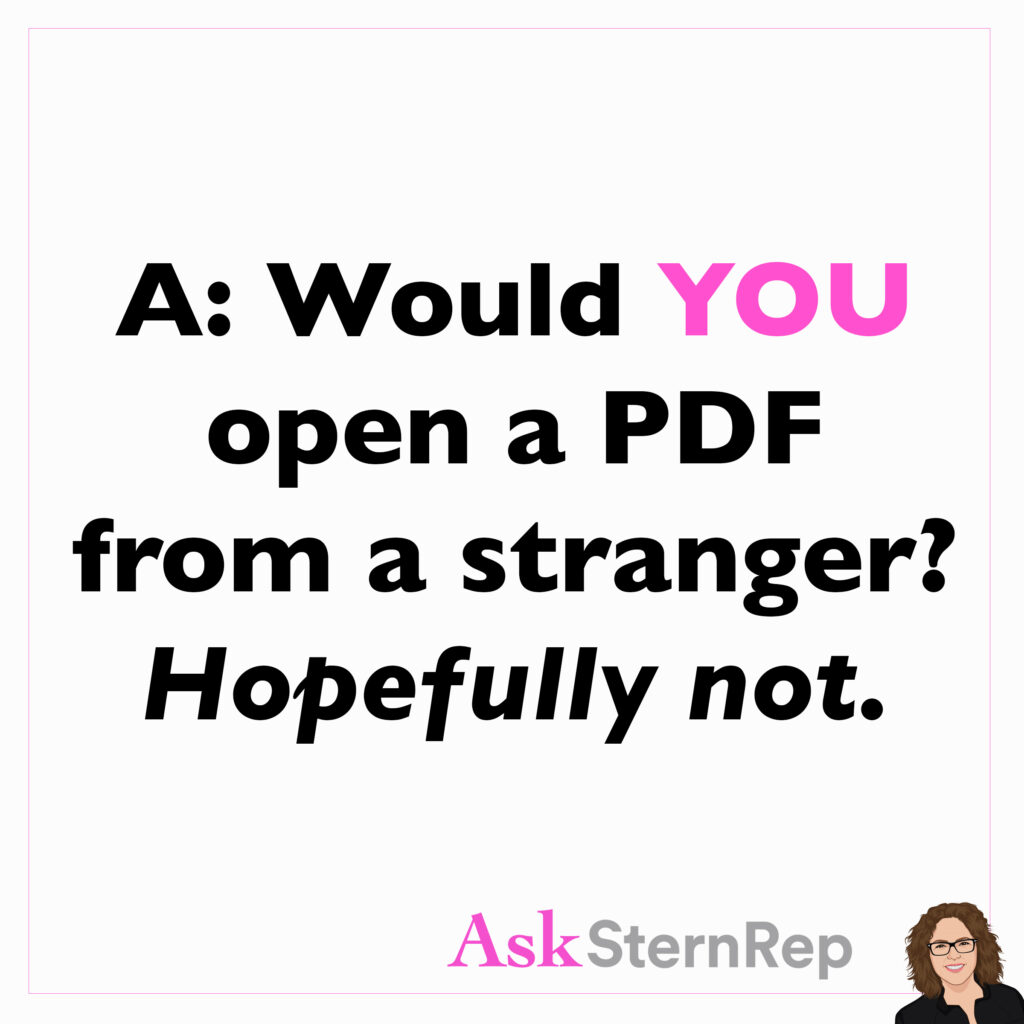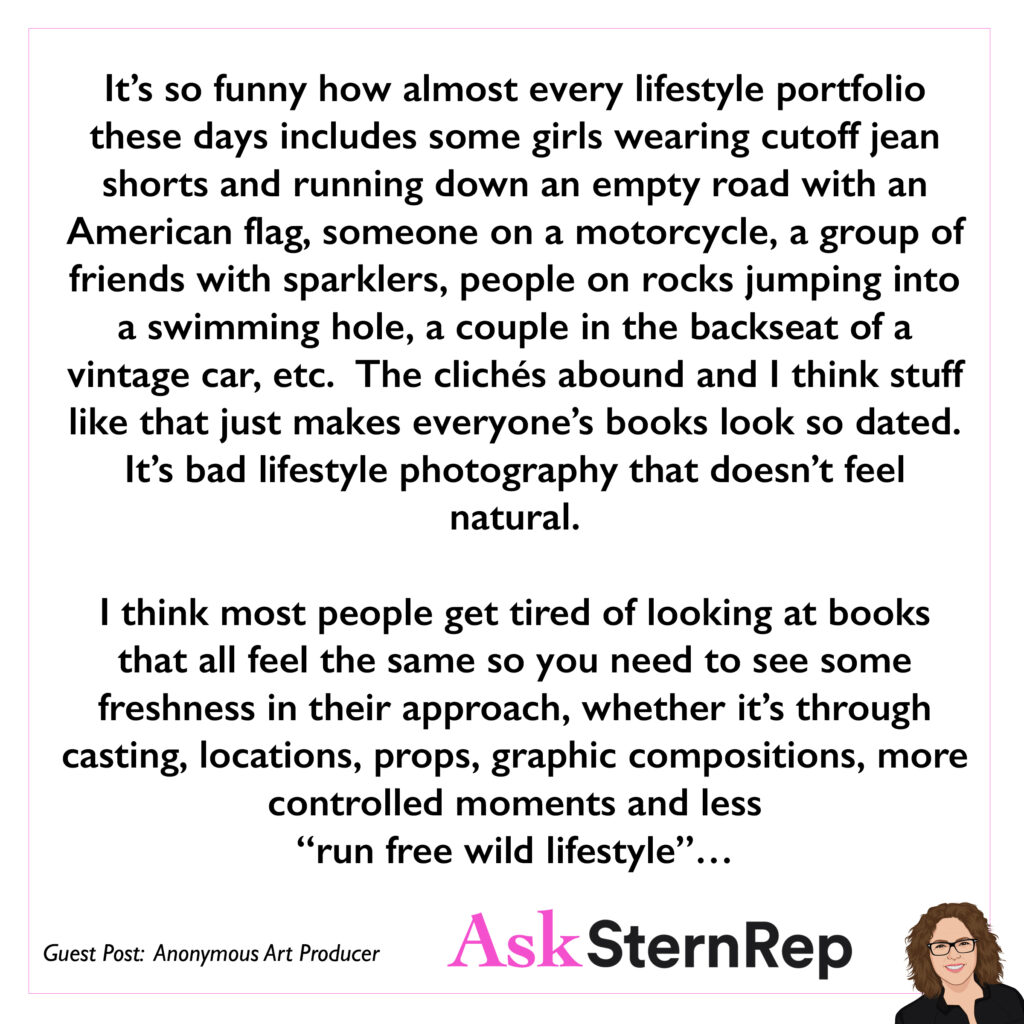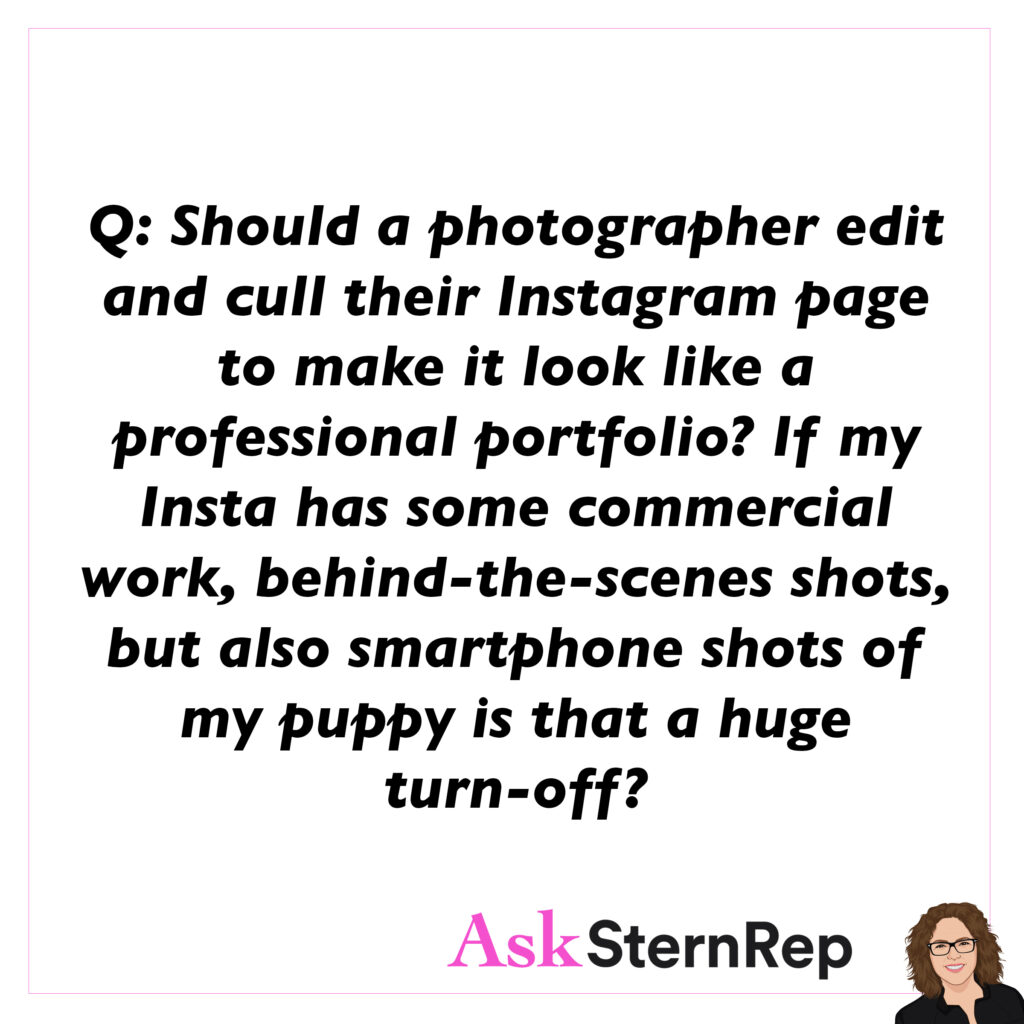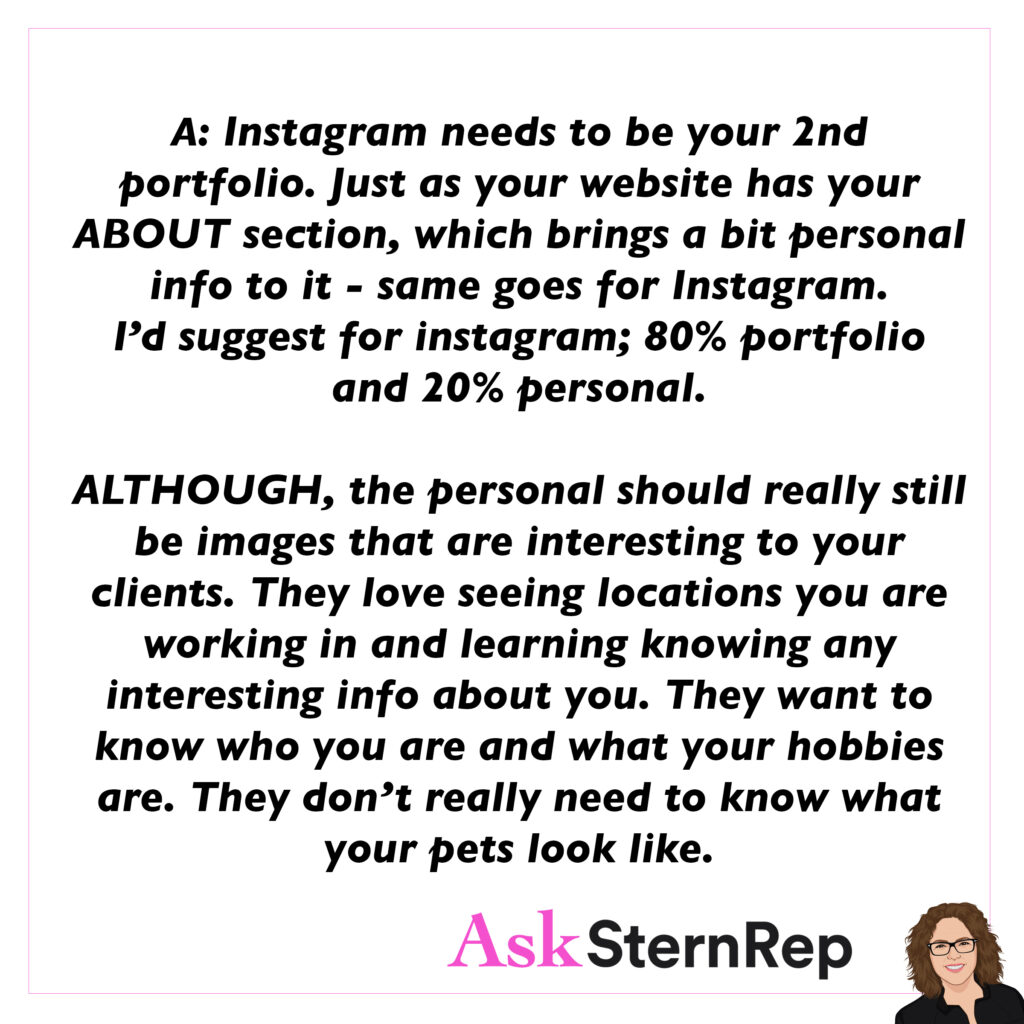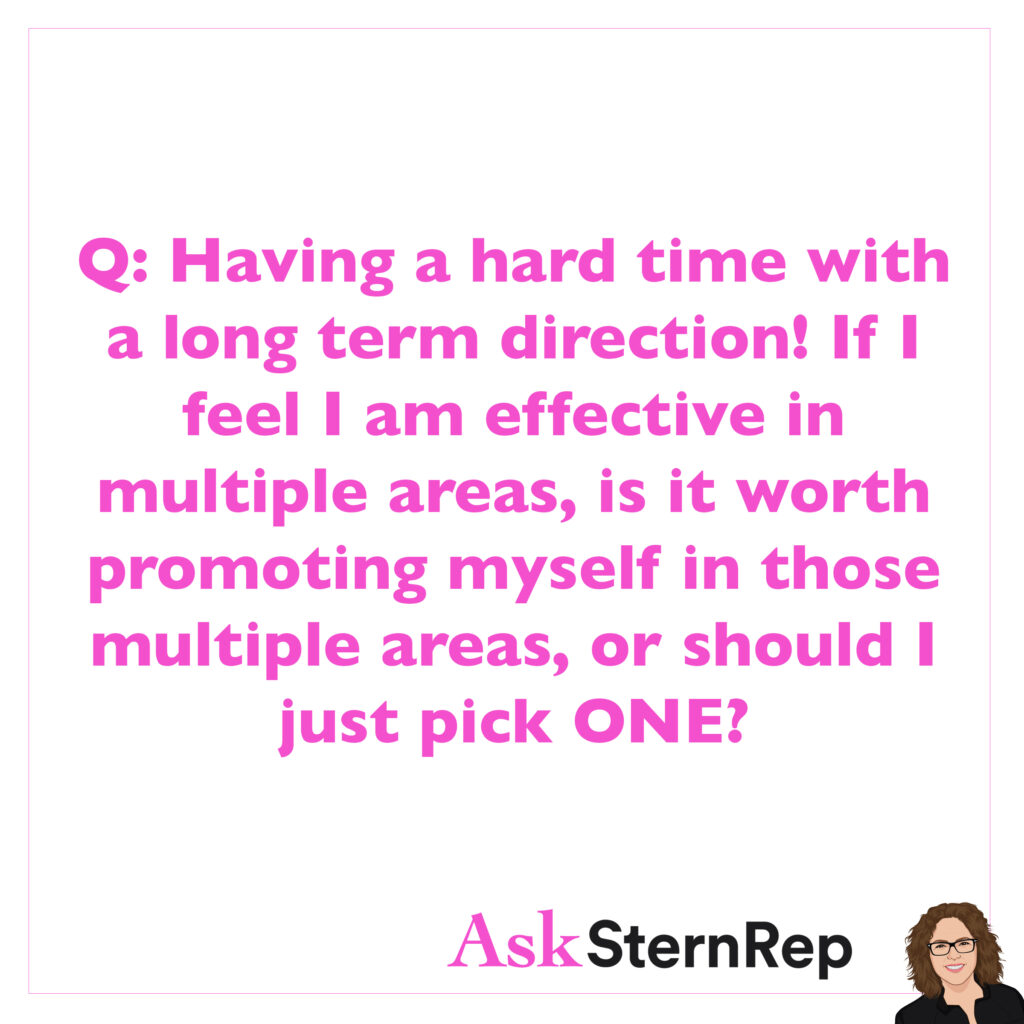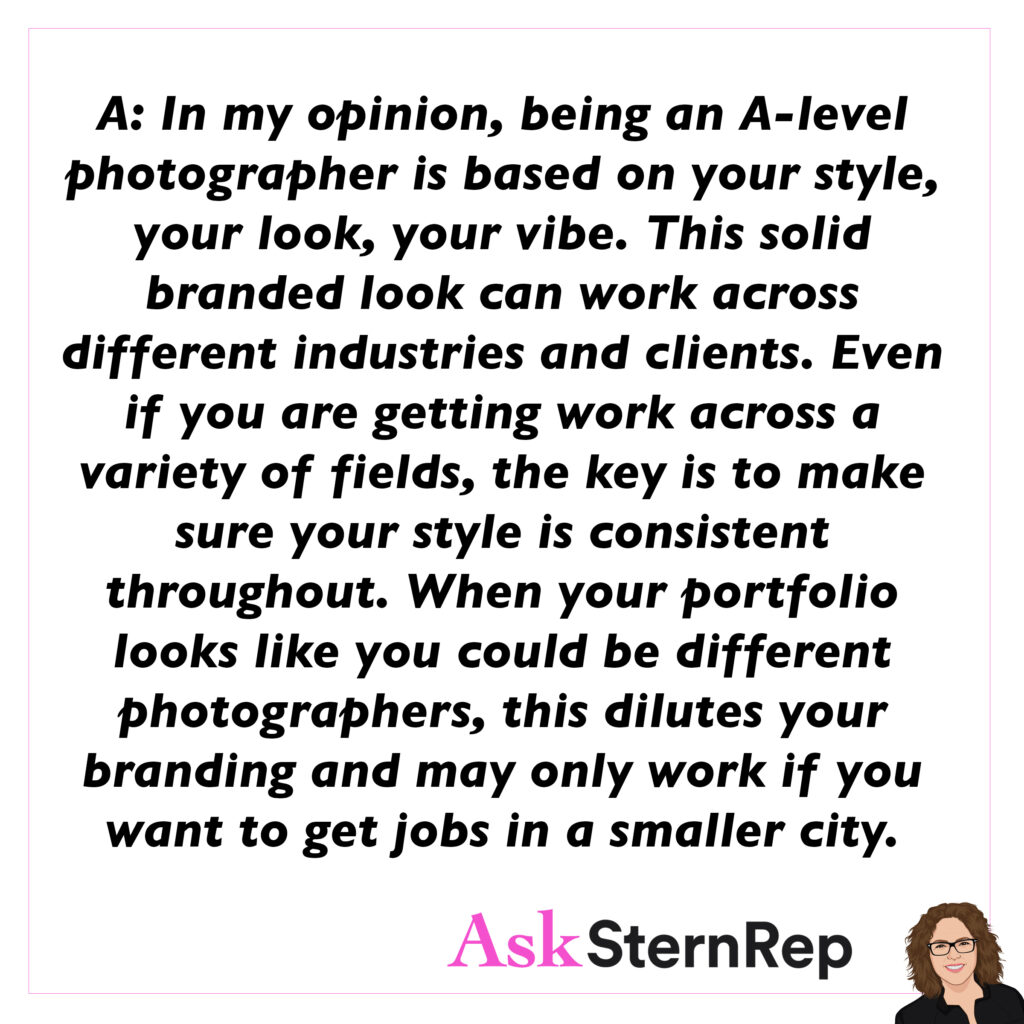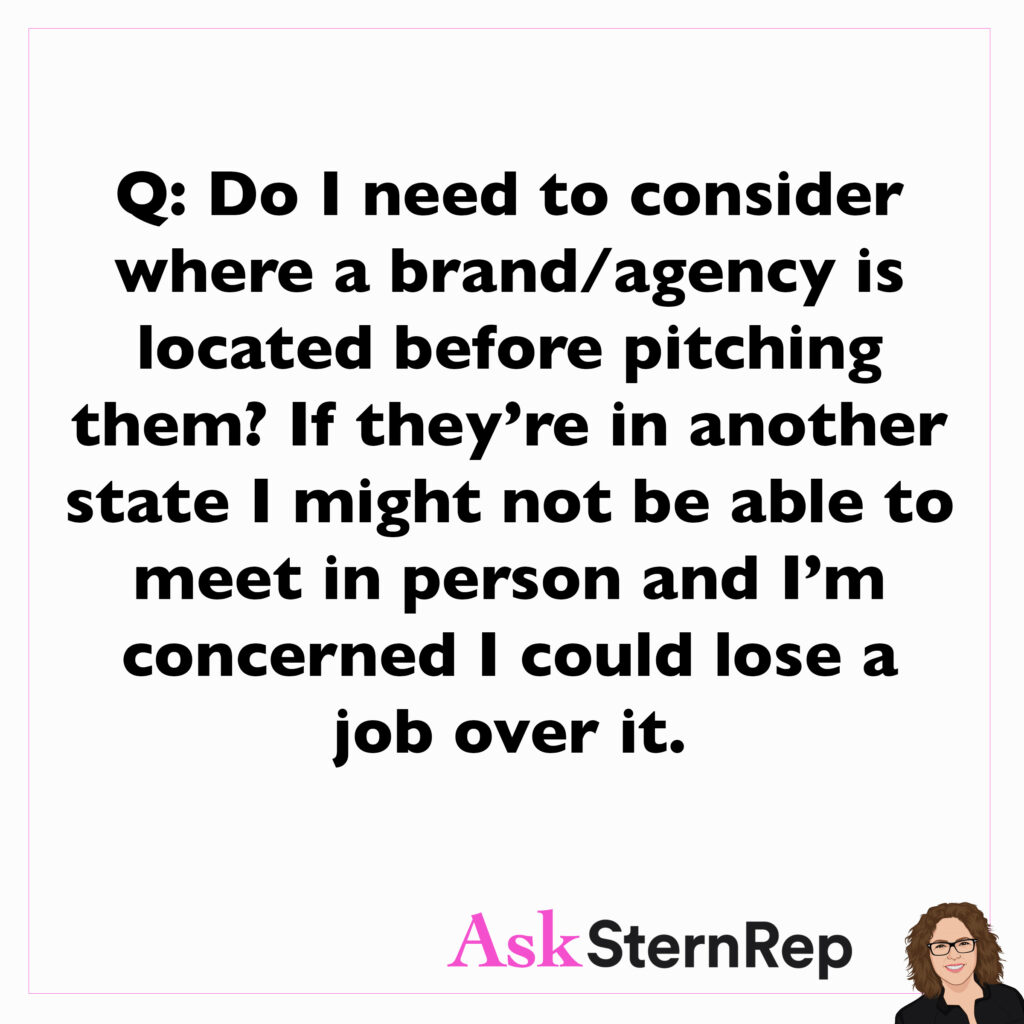
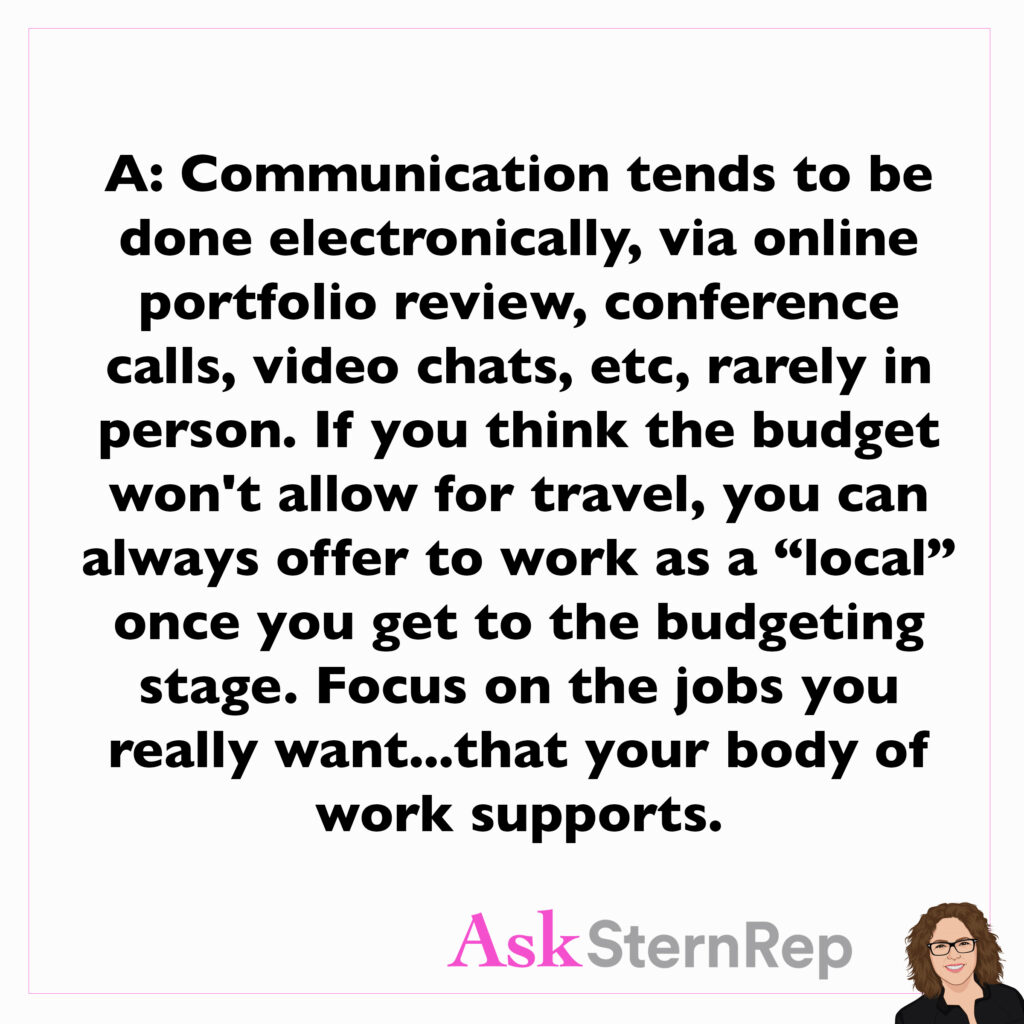
Q:
Do I need to consider where a brand/agency is located before pitching them? If they’re in another state I might not be able to meet in person and I’m concerned I could lose a job over it.
A:
Communication tends to be done electronically, via online portfolio review, conference calls, video chats, etc, rarely in person. If you think the budget won’t allow for travel, you can always offer to work as a “local” once you get to the budgeting stage. Focus on the jobs you really want… that your body of work supports.

